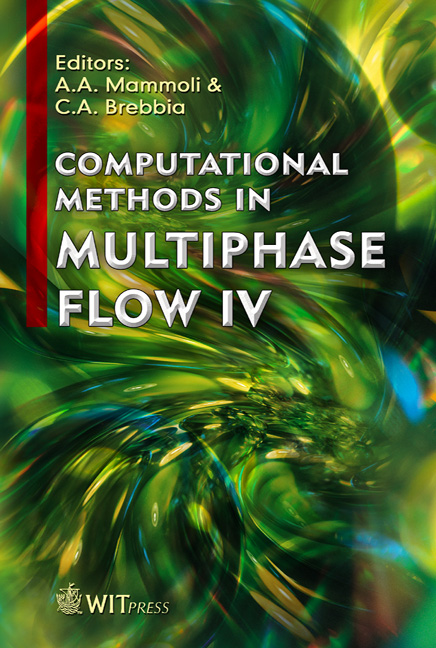A Methodology For Momentum Flux Measurements In Two-phase Blast Flows
Price
Free (open access)
Transaction
Volume
56
Pages
10
Published
2007
Size
675 kb
Paper DOI
10.2495/MPF070041
Copyright
WIT Press
Author(s)
R. G. Ames & M. J. Murphy
Abstract
Modern diagnostics for air blast waves have been developed to the point that they are sufficiently accurate and robust to capture most blast phenomena of interest (most often pressure). Two-phase blast flows also transport momentum and energy in a non-gas phase and, as such, the properties of this second phase must be accounted for in estimating flowfield parameters. Standard air blast diagnostics are not sufficient to capture these effects and the diagnostics that do exist for multiphase flows normally rely on steady conditions or sampling periods of at least a few milliseconds. The extreme transients associated with multiphase blast flows (microsecond-scale) preclude the use of such techniques. For this reason, novel approaches are required in order to capture the total momentum and energy flux in two-phase blast flows. This paper outlines a novel suite of diagnostics and an analysis technique that allows for momentum flux measurements in two-phase blast flows. Keywords: multiphase blast, two-phase blast, diagnostics, momentum flux, impulse. 1 Introduction The problem of separate momentum flux measurements in two-phase blast flows is difficult because of the difference in length scales over which the two phases interact with measurement devices. When trying to measure a reflected pressure using a standard pressure gauge, the gas-phase loads are relatively constant over the sensor surface area. As such, the average load is very close to the local loads across the sensing surface. For a solid-phase particle blast, the local gradients are very large due to particle impacts against the sensing surface. The average load across the sensing surface is much lower, however, because the particles
Keywords
multiphase blast, two-phase blast, diagnostics, momentum flux, impulse.





